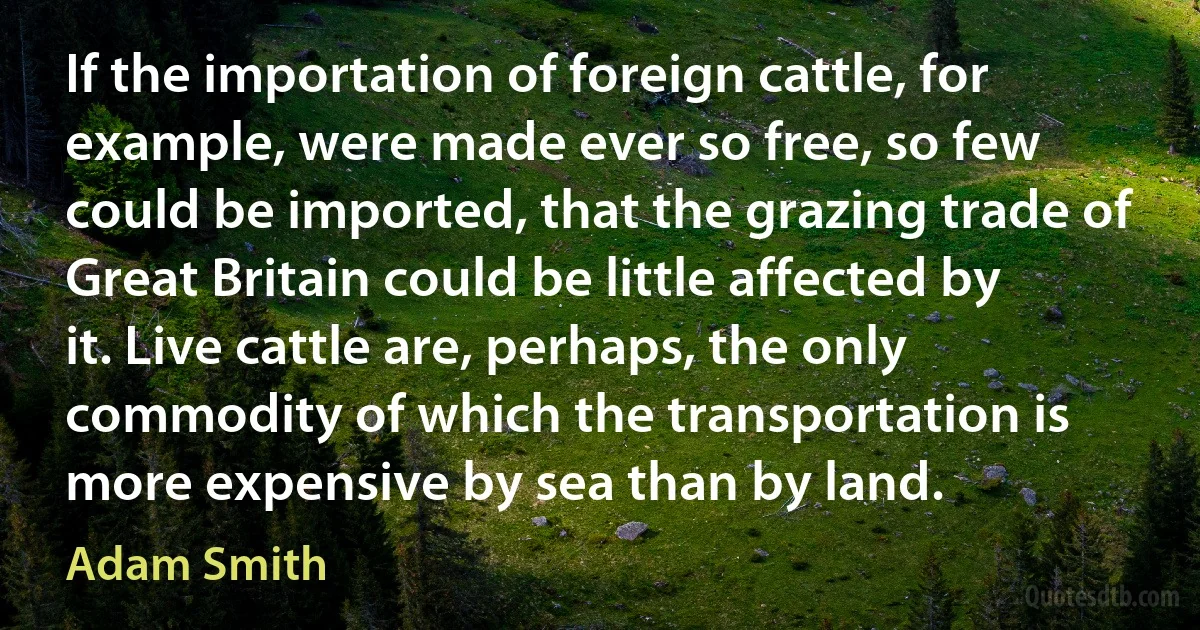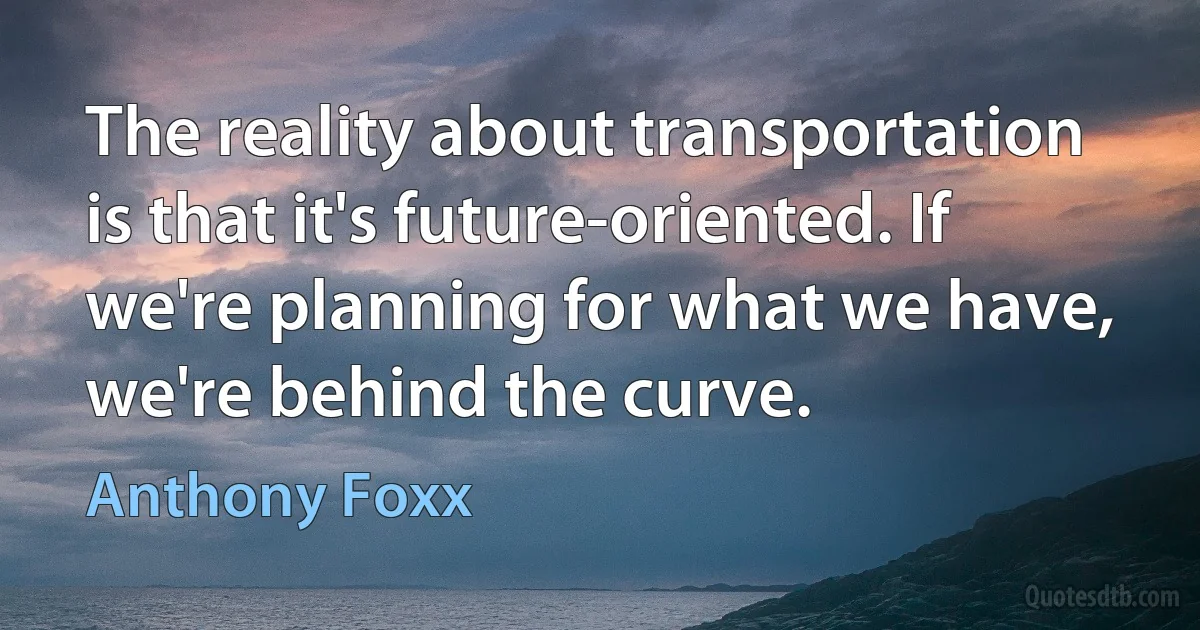Transportation Quotes - page 5
We select our furniture to serve as visible symbols of our taste, wealth, and social position. We often choose our residences on the basis of a feeling that it "looks well" to have a "good address." We trade in perfectly good cars for later models, not always to get better transportation, but to give evidence to the community that we can afford it.

S. I. Hayakawa
We're told cars are dangerous. It's safer to drive through South Central Los Angeles than to walk there. We're told cars are wasteful. Wasteful of what? Oil did a lot of good sitting in the ground for millions of years. We're told cars should be replaced with mass transportation. But it's hard to reach the drive-through window at McDonald's from a speeding train. And we're told cars cause pollution. A hundred years ago city streets were ankle deep in horse excrement. What kind of pollution do you want? Would you rather die of cancer at eighty or typhoid fever at nine?

P. J. O'Rourke
I think if I have any regret at all about my theatrical career, it was that I didn't stay longer in the theater. It was very hard to do because the transportation problem was quite serious. It took thirty-five hours to fly out. So you couldn't really commute to the movie business the way you can do in London. But I wanted to be in movies, because I loved movies. I was a big movie fan. And still am and always have been.

Vincent Price
As a transportation hub, agriculture leader, and home to more than half a million small businesses, Missouri is positioned to be at the cutting edge of growth and innovation in this country. But, we need the right policies to get us there and pro-growth tax cuts and regulatory reform are a critical part of that equation. I couldn't agree more with the president's call to get this done, and I look forward to working with him and my colleagues in Congress to provide much-needed tax relief for Missouri families and small businesses.

Roy Blunt
I might get an idea [for the start of a painting] sitting looking at the river, or something, or a specific.... Yeess. I'm sure, yes, I'm sure it [the environment] influences me in terms of green and gray and color and... I mean, New York light is so different, and it always hits me when I come here [in New York], and it excites me to see great extremes of dark and light and no nuance - which I love. But there the Isle de France [round about Paris] has that, you know, filtered light that is that.. where even on a gray day, the green is very green, and the red is very red.... I think walking out barefoot and moving the paintings, being able to move them out of my studio [in Vetheuil] for transportation, things like that have had [influence]... As well as the landscape. Lake Michigan was pretty important, you know.

Joan Mitchell
At the time of Muhammad bin Qasim's invasion of Sindh the head of the State was the Caliph and prisoners taken in Sindh were regularly forwarded to him. Kufi, the author of the Chachnama, rightly sums up the position. Out of the total catch, four-fifths was the share of the soldiers, "what remained of the cash and slaves was... sent to Hajjaj (the Governor of Iraq )” for onward transportation to the Khalifa. In such a situation any special acquisition had to be paid for in cash. Muhammad bin Qasim who wished to possess Raja Dahir's wife Ladi, avers the Chachnama, "purchased her out of the spoils, before making her his wife.” But the price he paid is not mentioned. Similarly, when Hajjaj sent 60,000 slaves captured in India to the Caliph Walid I (705-715 C. E.), the latter "sold some of those female slaves of royal birth”,5 but again their price has not been specified.

Muhammad bin Qasim
The President-elect has outlined a clear vision to transform our country's infrastructure, accelerate economic growth and productivity, and create good paying jobs across the country. I am honored to be nominated by the President-elect to serve my beloved country as Transportation Secretary.

Elaine Chao
In 1917 Levi-Civita discovered his celebrated parallelism which is an infinitesimal transportation of tangent vectors preserving the scalar product and is the first example of a connection. The salient fact about the Levi-Civita parallelism is the result that it is the parallelism, and not the Riemannian metric, which accounts for most of the properties concerning curvature.

Shiing-Shen Chern



